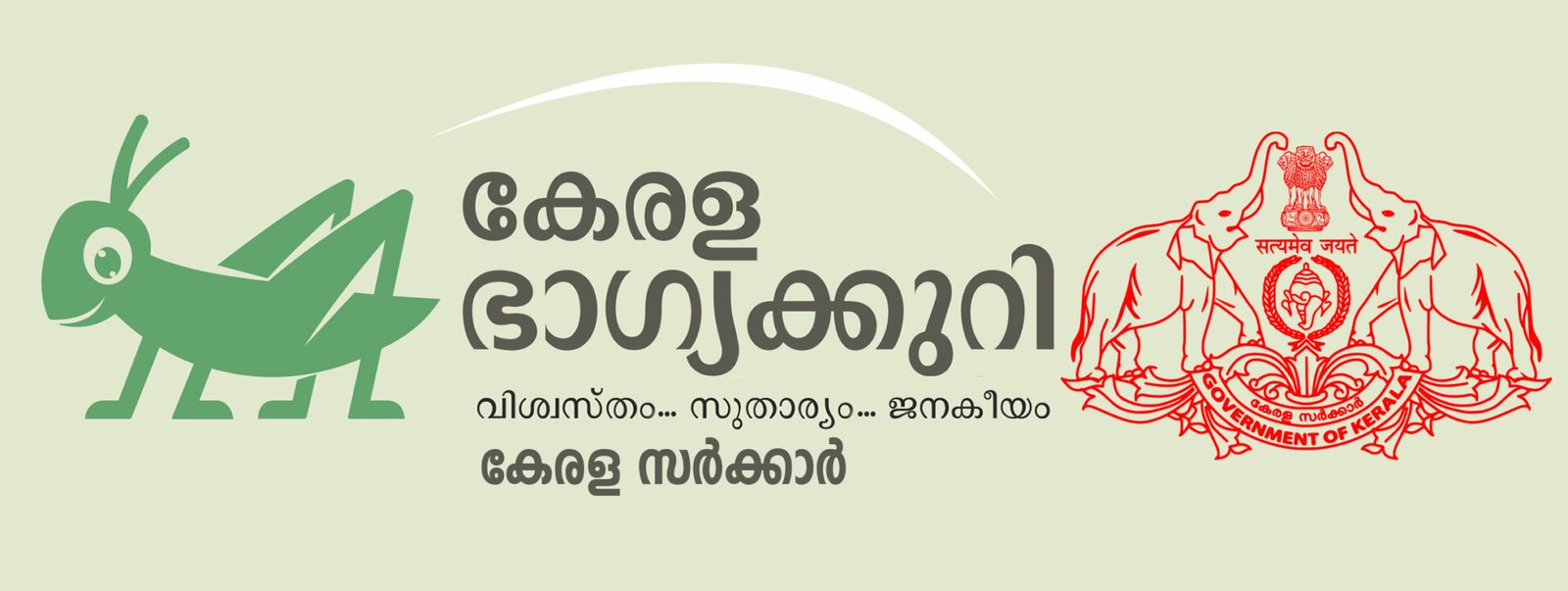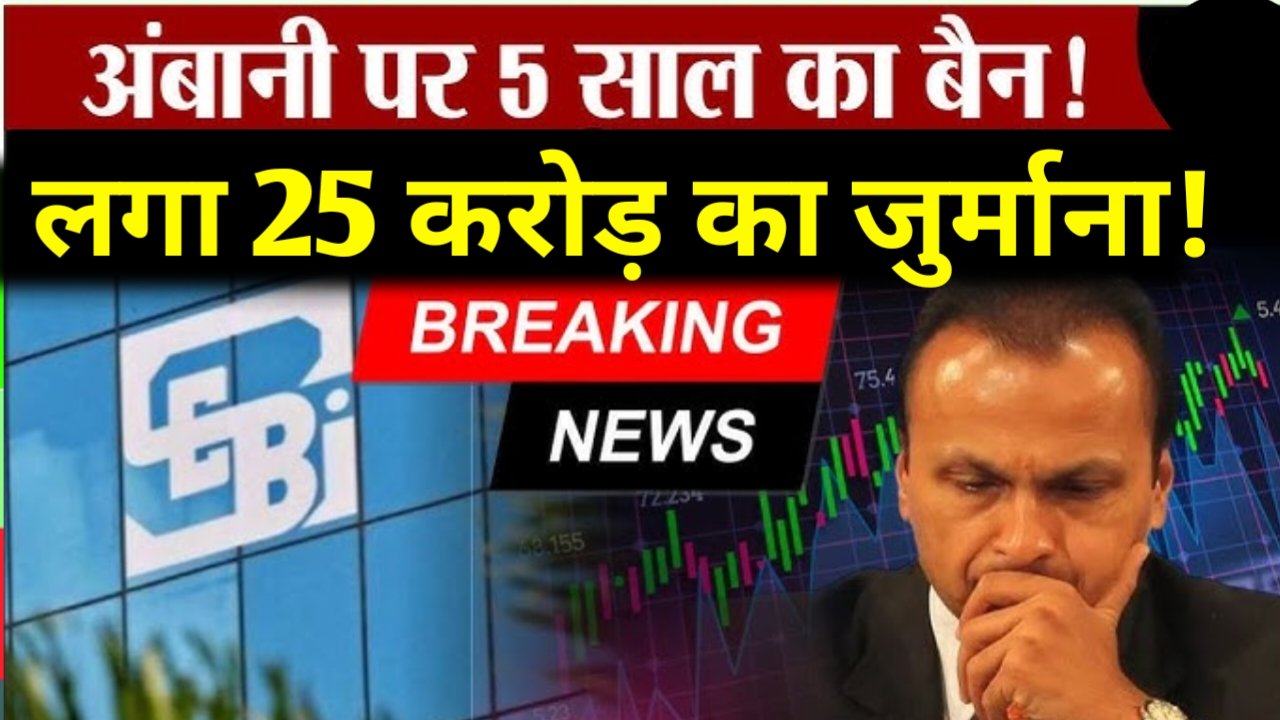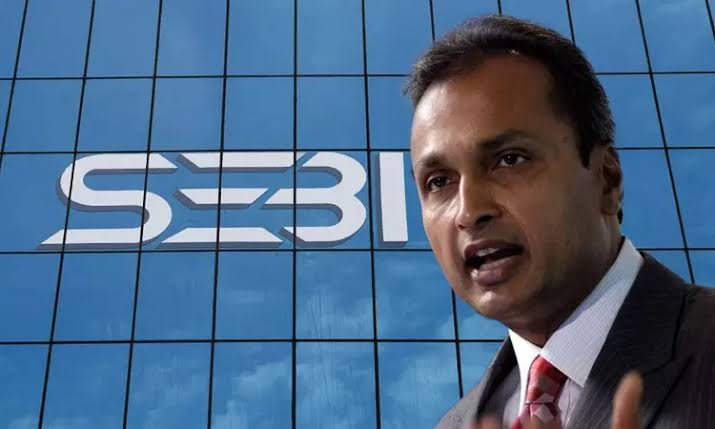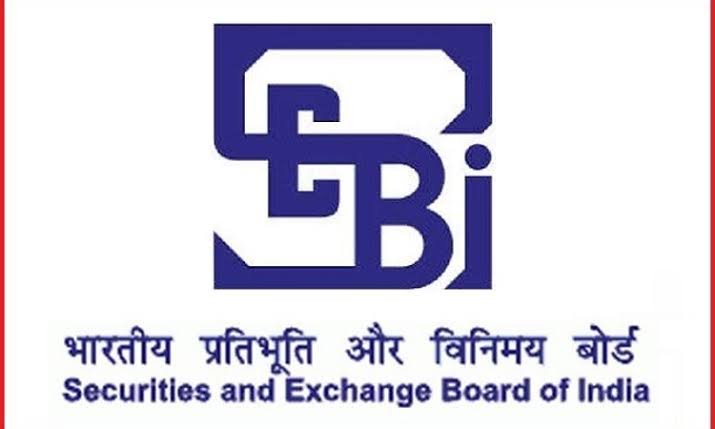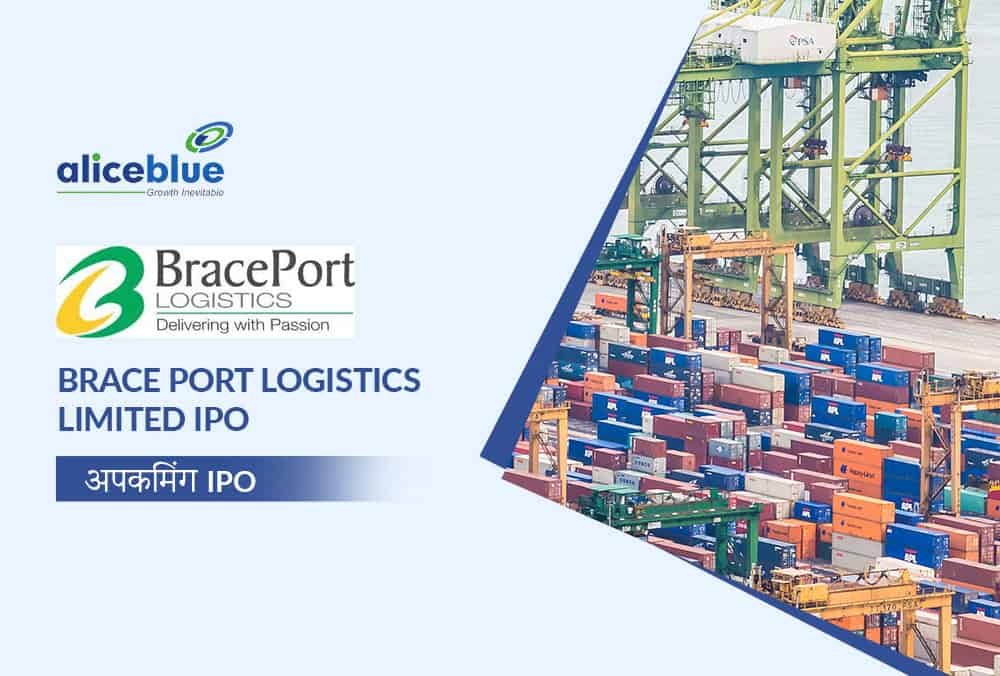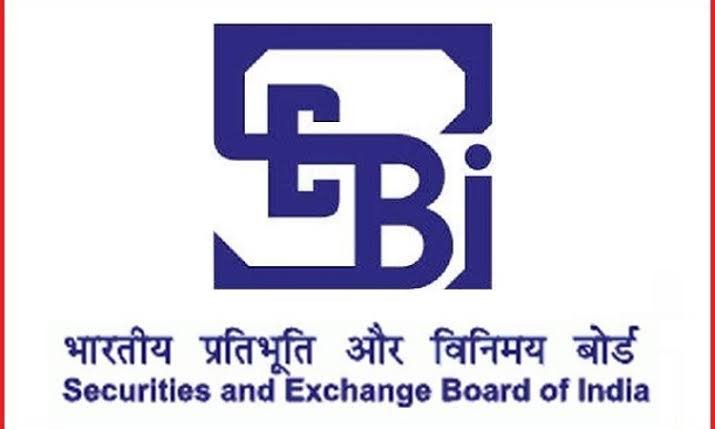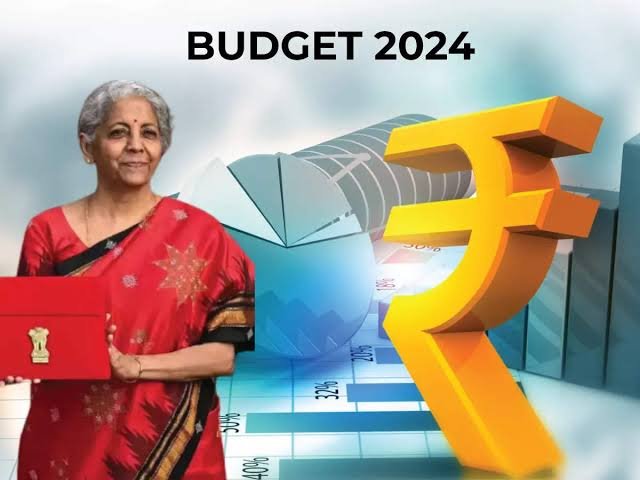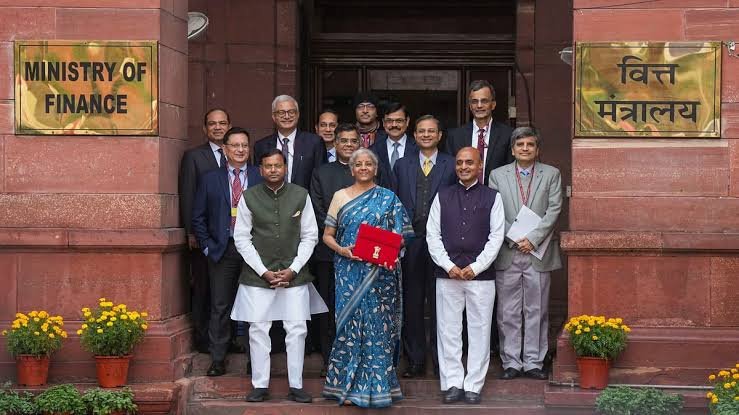Kerala State Lottery : The Kerala State Lottery has announced the results of the Karunya KR-671 draw that took place on September 14, 2024. Ticket number KS 475528 from Kottayam clinched the top prize of ₹80,00,000.
Table of Contents
Other prize categories of Kerala State Lottery ?

There are multiple prize categories in the Karunya KR-671 lottery. Below are the specifics:
- 1st Prize: ₹80,00,000
- 2nd Prize: ₹5,00,000
- 3rd Prize: ₹1,00,000
- 4th Prize: ₹5,000
- 5th Prize: ₹2,000
- 6th Prize: ₹1,000
- 7th Prize: ₹500
- 8th Prize: ₹100
Furthermore, a consolation prize worth ₹8,000 is awarded to tickets with numbers near the 1st prize number, albeit in distinctive series.
Other popular lotteries in India :
Here are some of the popular lotteries in India:
- Kerala State Lottery is one of India’s oldest and most well-liked lotteries, famous for its regular and grand draws such as Karunya, Akshaya, and Pournami.
- Sikkim State Lottery provides different draws like Dear Morning, Dear Day, and Dear Evening series. The lotteries in Sikkim that offer big prizes are also very well-liked.
- Nagaland State Lottery is famous for its Dear Lottery series, which features draws such as Dear Morning, Dear Day, and Dear Evening. The state also holds raffle events.
- Maharashtra State Lottery provides a range of weekly and bumper draws, such as the Maharashtra Diwali Bumper and Ganesh Laxmi Bumper.
- West Bengal State Lottery offers multiple weekly draws and special bumper draws such as the Bangabhumi Super Draw.
- The Punjab State Lottery is famous for its grand draws like the Punjab State Rakhi Bumper, Lohri Bumper, and New Year Bumper.
- Goa State Lottery hosts daily and weekly draws, as well as special bumper draws such as the Goa Rajshree Bumper.
These lotteries are lawful and overseen by the state governments they belong to, guaranteeing openness and impartiality.
kerala state lottery ticket process :

To take part in the Kerala State Lottery, you can adhere to these guidelines:
Purchasing a Ticket
- Discover an Authorized Retailer: Find a licensed lottery retailer or agent near you. You can also buy tickets online from the official Kerala Lotteries website or licensed online agents.
- Pick a lottery: Choose from the different weekly or bumper lotteries that are offered. Every lottery comes with unique prize formats and dates for drawings.
- Buy the ticket: Use cash, debit, or credit card to pay for it. Make sure to get a receipt as evidence of your purchase.
Asserting a reward.
- Verify your ticket number by comparing it with the results announced in the Kerala Government Gazette, newspapers, or official Kerala Lotteries website.
- To claim ownership of the winning ticket, sign your name, address, and signature on the back.
- Create duplicates: Copy both sides of the ticket as a personal record.
Process of making a claim:
- Awards of up to ₹5,000: Can be collected in person from any authorized lottery retailer.
- Prizes over ₹5,000: Should be collected at a District Lottery Office or the Directorate of State Lotteries using the original ticket and required ID documents.
- To claim bigger prizes, you must submit the ticket, claim form, ID proof, and a passport-sized photo.
Tax and Commission: Any prize exceeding ₹10,000 will have a 30% deducted for tax, while the first three prizes will incur a 10% agent commission.
Time limit: Winners must collect all prizes within 30 days from the day of the draw.
For more interesting update follows our official website.

